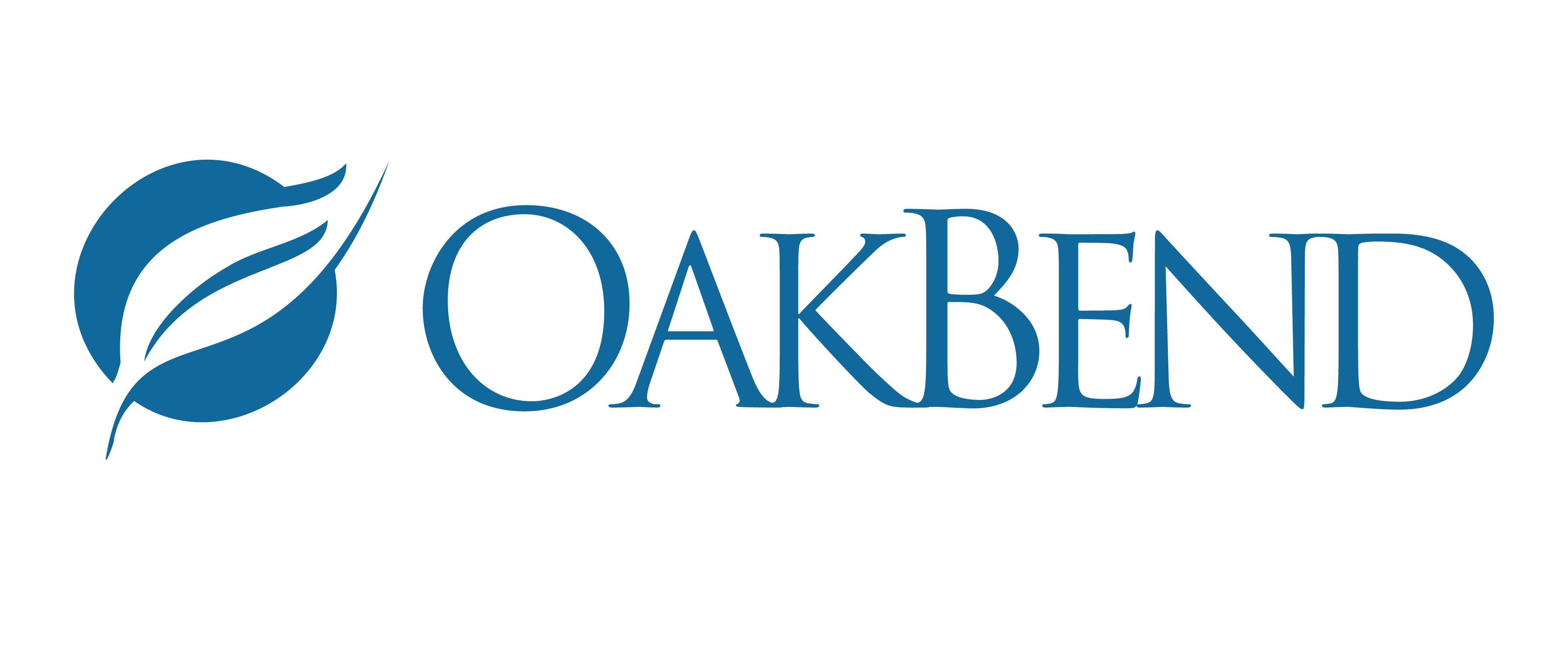
Embarking on a fitness journey as a beginner is an exciting and marvelous venture. Whether you’re looking to improve your overall health, boost energy levels, or achieve specific fitness goals, starting with a well-rounded plan is crucial. In this step-by-step guide, we will address common questions and provide valuable insights to help beginners kick-start their fitness journey.
How should a beginner start exercising?
Starting a fitness routine as a beginner requires a thoughtful and gradual approach to avoid burnout and injuries. Here are some essential steps to begin your fitness journey:
- Set Realistic Goals: Establish achievable short-term and long-term fitness goals. Whether it’s weight loss, muscle gain, or overall well-being, having clear objectives will keep you motivated.
- Choose Enjoyable Activities: Explore different types of exercises to find activities you genuinely enjoy. This could be anything from walking and cycling to dancing or yoga. Enjoying your workouts increases the likelihood of sticking to them.
- Start Slowly: Begin with low-intensity exercises and gradually increase the intensity and duration as your fitness improves. This gradual progression minimizes the risk of injury and allows your body to adapt.
- Incorporate Strength Training and Cardio: A well-rounded fitness routine includes both strength training and cardiovascular exercises. Strength training builds muscle and boosts metabolism, while cardio enhances cardiovascular health and aids in weight management.
What is the best fitness program for beginners?
The best fitness program for beginners is one that is balanced, flexible, and tailored to individual needs. Here’s a sample beginner-friendly program:
- Warm-up (5-10 minutes): Start with light cardio such as walking or jogging in place to increase heart rate and warm up your muscles.
- Strength Training (2-3 times per week): Focus on full-body strength exercises like bodyweight squats, lunges, push-ups, and planks. Begin with 1-2 sets of 10-15 repetitions.
- Cardiovascular Exercise (3-4 times per week): Incorporate 30 minutes of moderate-intensity cardio, such as brisk walking, cycling, or swimming.
- Flexibility and Mobility (2-3 times per week): Include stretching or yoga sessions to improve flexibility and reduce the risk of injuries.
- Rest and Recovery (2-3 days per week): Allow your body to recover with rest days. Adequate rest is crucial for muscle repair and overall well-being.
Which workout type is best for beginners?
The best workout type for beginners depends on individual preferences and fitness goals. Here are some beginner-friendly options:
- Walking: An excellent low-impact exercise, walking is accessible to almost everyone and can be easily incorporated into daily routines.
- Swimming: Ideal for those with joint concerns, swimming provides a full-body workout and is gentle on the joints.
- Cycling: Whether outdoors or on a stationary bike, cycling is a great cardiovascular exercise that is easy on the joints.
- Bodyweight Exercises: Exercises like squats, lunges, push-ups, and planks are effective for building strength without the need for equipment.
- Yoga: Combining strength, flexibility, and mindfulness, yoga is a versatile and beginner-friendly exercise.
How do I start exercising after years of inactivity?
Starting to exercise after years of inactivity requires a gradual approach to avoid overexertion. Follow these steps to ease back into fitness:
- Consult with a Healthcare Professional: Before starting any exercise program, consult with a healthcare professional, especially if you have existing health conditions.
- Set Realistic Goals: Begin with achievable short-term goals, such as walking for 10 minutes a day, and gradually increase the intensity and duration.
- Choose Low-Impact Activities: Opt for low-impact exercises like swimming, cycling, or walking to minimize stress on joints.
- Listen to Your Body: Pay attention to how your body responds to exercise. If you experience pain or discomfort, modify or reduce the intensity of your workouts.
- Include Strength Training: Incorporate strength training to rebuild muscle mass, improve metabolism, and support overall health.
Remember, consistency is key when re-entering the world of fitness. Celebrate small victories, stay patient, and make adjustments as needed. If you’re seeking personalized guidance on your fitness journey, consider exploring the “Lifestyles at OakBend” program. Our experienced professionals are dedicated to tailoring fitness programs to meet individual needs, ensuring a holistic approach to health and well-being.
In conclusion, embarking on a fitness journey as a beginner is an empowering step towards a healthier and more active lifestyle. By following a structured plan, choosing enjoyable activities, and seeking personalized guidance when needed, you’ll set the foundation for long-term success. Remember, fitness is a journey, not a destination, so enjoy the process and celebrate every milestone along the way!
Call us at 281-341-2045 for more information or visit Lifestyles at OakBend to discover how we can support you on your path to a healthier lifestyle.
Leave a reply







